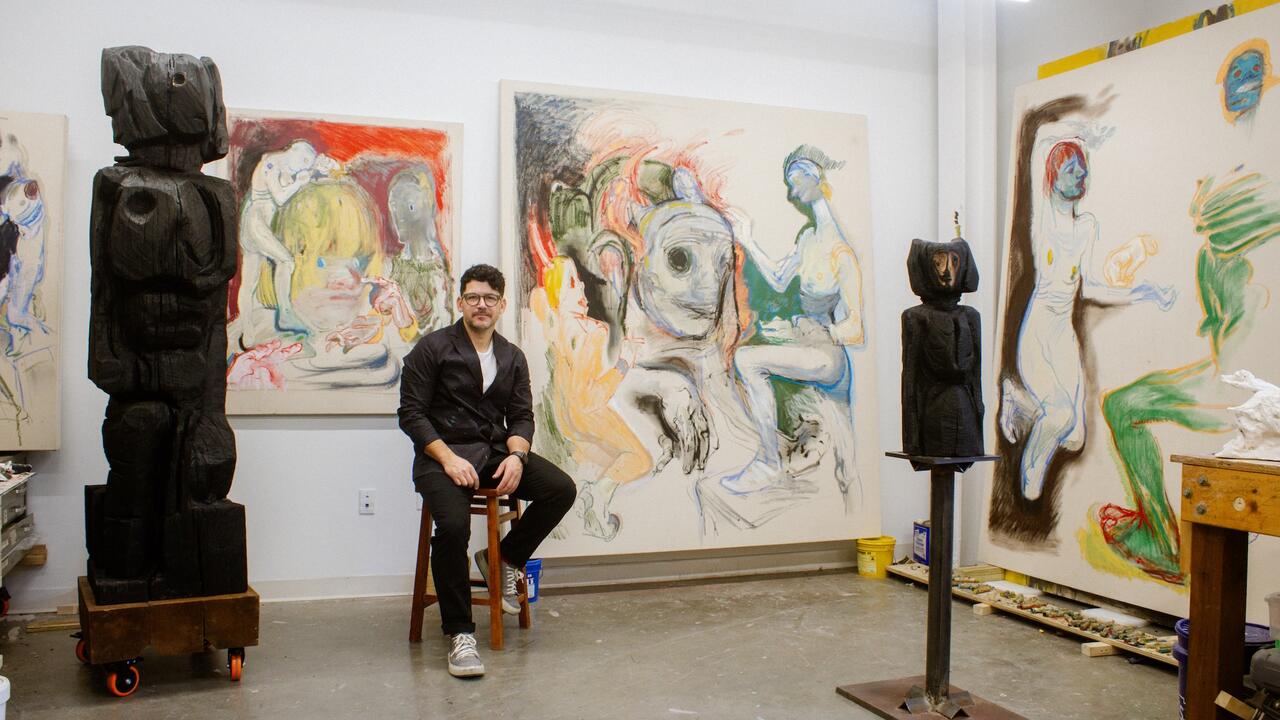Google Spreadsheet Reveals How Much the Art World Earns
Over 1000 art workers have anonymously posted their salaries
Over 1000 art workers have anonymously posted their salaries

More than 1000 current and former employees of art institutions have anonymously shared their salaries and conditions of employment on a publicly-editable document.
The Google Spreadsheet, titled ‘Art/Museum Salary Transparency 2019’, is a shared document in which respondents are listing details including the name of their organization, their role, start and end salary and employee benefits.
The document has been edited by more than 1085 respondents at the time of reporting. Included on the list are individuals who claim to be employed by the Metropolitan Museum of Art, the Guggenheim, Tate Galleries, the V&A and hundreds of other public and private organizations. While the majority of the anonymous contributors are from the US, respondents also include workers in Canada, Mexico, the Netherlands, South Africa, South Korea and the UK.
Some of the highest paid salaries according to the spreadsheet include a senior curator at the Guggenheim, a curator at Harvard Art Museums and the director of a New York gallery. All allegedly earn USD$100,000. Staff at MoMA are amongst the highest paid on the spreadsheet’s list of roles, with chief curators reportedly earning between USD$220,000 and USD$330,000. The accuracy of such data is unknown as contributors are anonymous, and are encouraged to share only as much as they like: ‘be safe, be comfortable’.
The list was created on Friday 31 May by Michelle Millar Fisher, an assistant curator at the Philadelphia Museum of Art who formerly worked at MoMA, the Met and the Guggenheim. Fisher posted the document to her Instagram page, noting ‘I brainstormed this [Google Doc] with several excellent friends/colleagues—I’m the “face” [because] they’re more contingent than I am, but I want to make sure I’m not solely credited here.’
Her post invited people working in the arts to anonymously add to the spreadsheet and suggest ways it could be improved. A second post on 1 June invited people to share the document internationally, organize collectively around the data and discuss with colleagues and friends.
‘A few years ago, thinking about transparency and the multi-vectored gaps in pay, I started sharing my salaries for each job I’ve had, from nannying to curating.’ Fisher wrote.
‘Please contribute if you can and/or share with someone who would. The document is publicly editable, so if you see a way to improve it, please go for it,’ she added.
Since the document was created, additional columns have been added, including one indicating race and another in which respondents can list their gender or preferred pronouns.





















